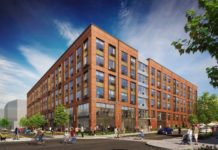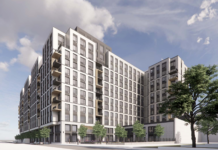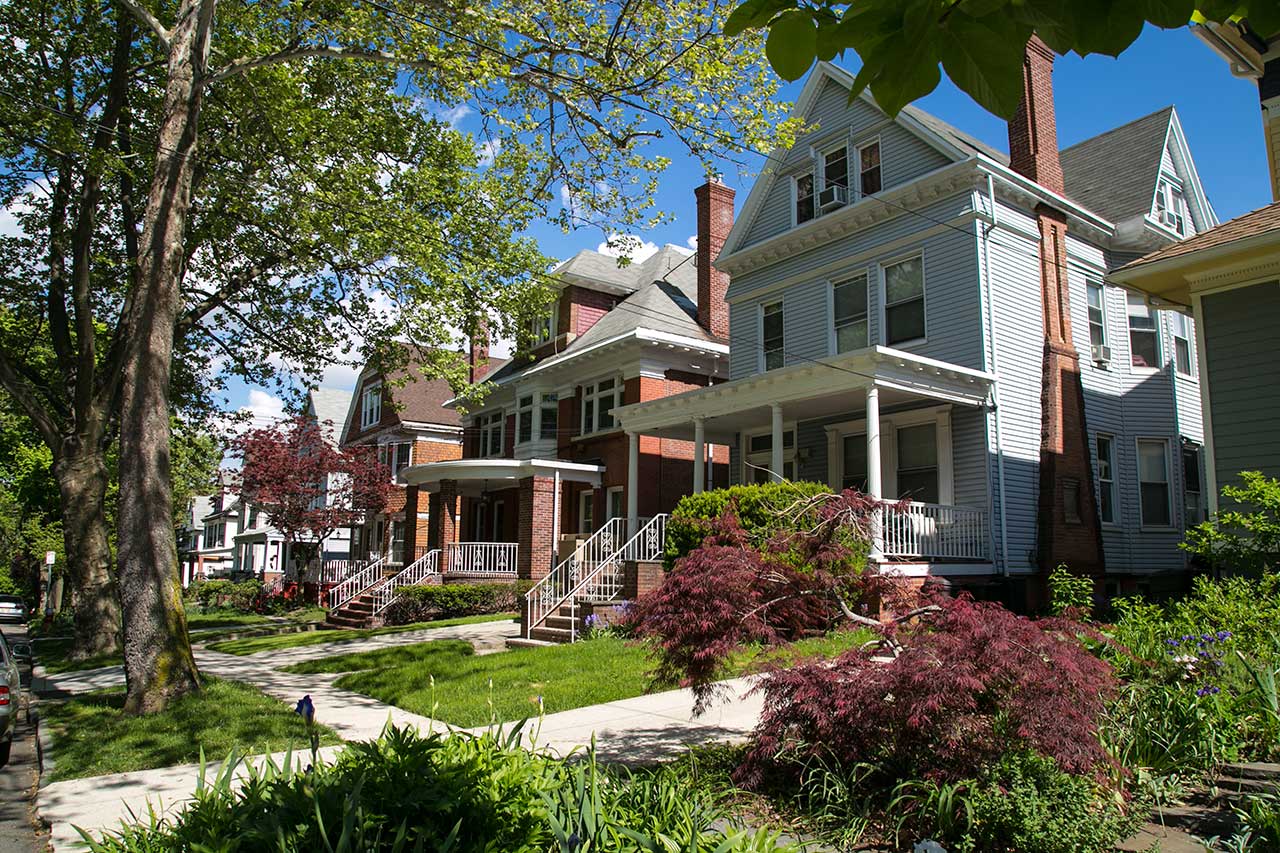
How-to in the New Historic District of West Bergen-East Lincoln Park
As reported by Jersey Digs in June 2015, a fifth historic district–the first in over 30 years and the only historic district beyond downtown–was established, and as of July 31st, 2016, the West Bergen-East Lincoln Park Historic District is listed on the National Register of Historic Places, the New Jersey Register of Historic Places, and the Jersey City Municipal Register of Historic Places.
The new district is bounded by Fairmount Avenue to the north, Harrison Avenue to the south, Bergen Avenue to the East, and West Side Avenue/Lincoln Park to the west; although, a large swath of homes and apartment buildings on Fairmount, Duncan, Fairview, and Jewett Avenues between J.F.K. Boulevard and West Side Avenue are not included.
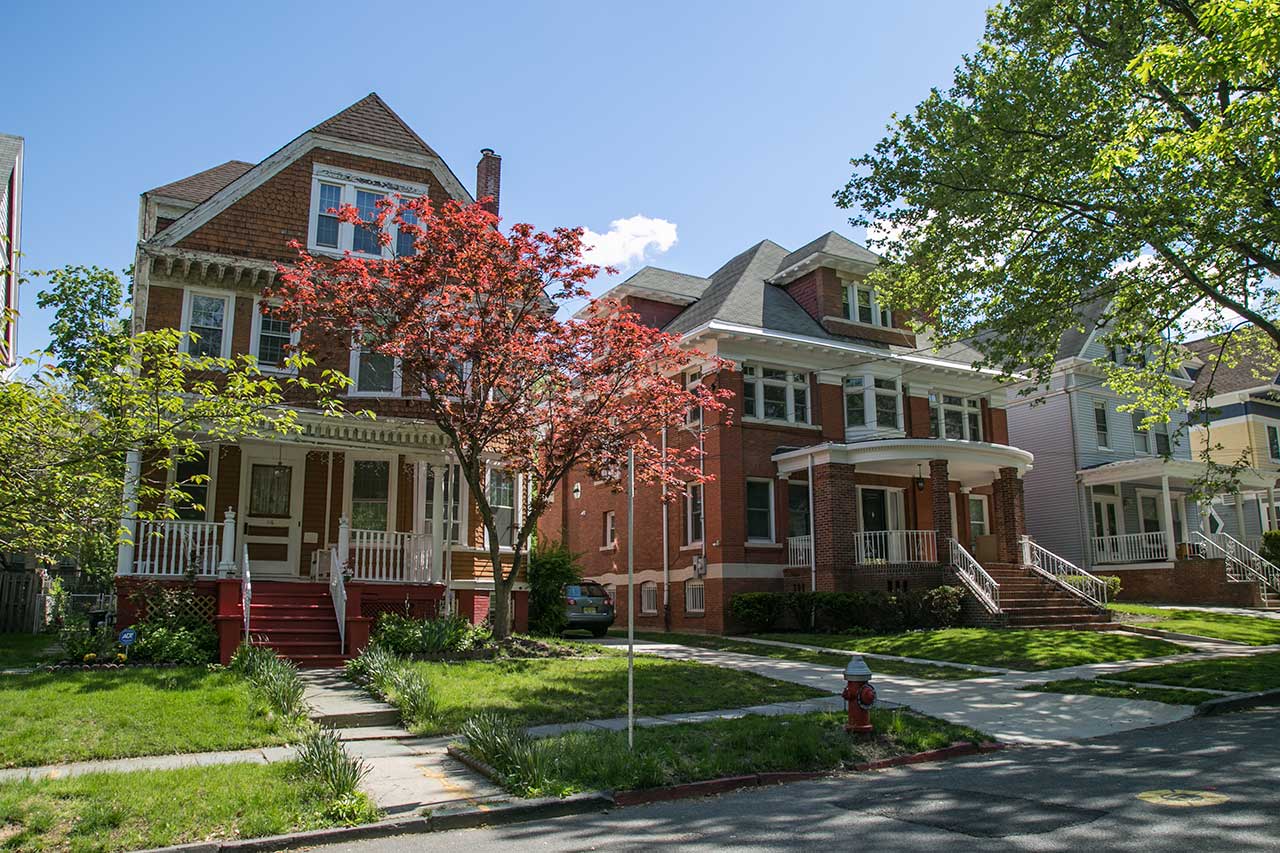
Despite the 6-3 City Council vote, many local residents were concerned about the new district’s effect on the process of repairs and renovation. Now, a revised draft of the “Guidelines for Protecting the Historic Architecture of West Bergen-East Lincoln Park Historic District” can be found on Jersey City’s website. It details the architectural history and significance of the new district along with the how-to for every detail from stoops and stairs to stained glass to sidewalks.
Historically, the area is interesting because it was once a quaint, 19th Century, “streetcar suburb” of Jersey City and New York City which is why the scale of so many of the homes is oversized when compared to homes downtown. The majority of the buildings were constructed between 1880 and 1920 with a handful constructed between 1861 and 1880 and after 1920 to 1945.
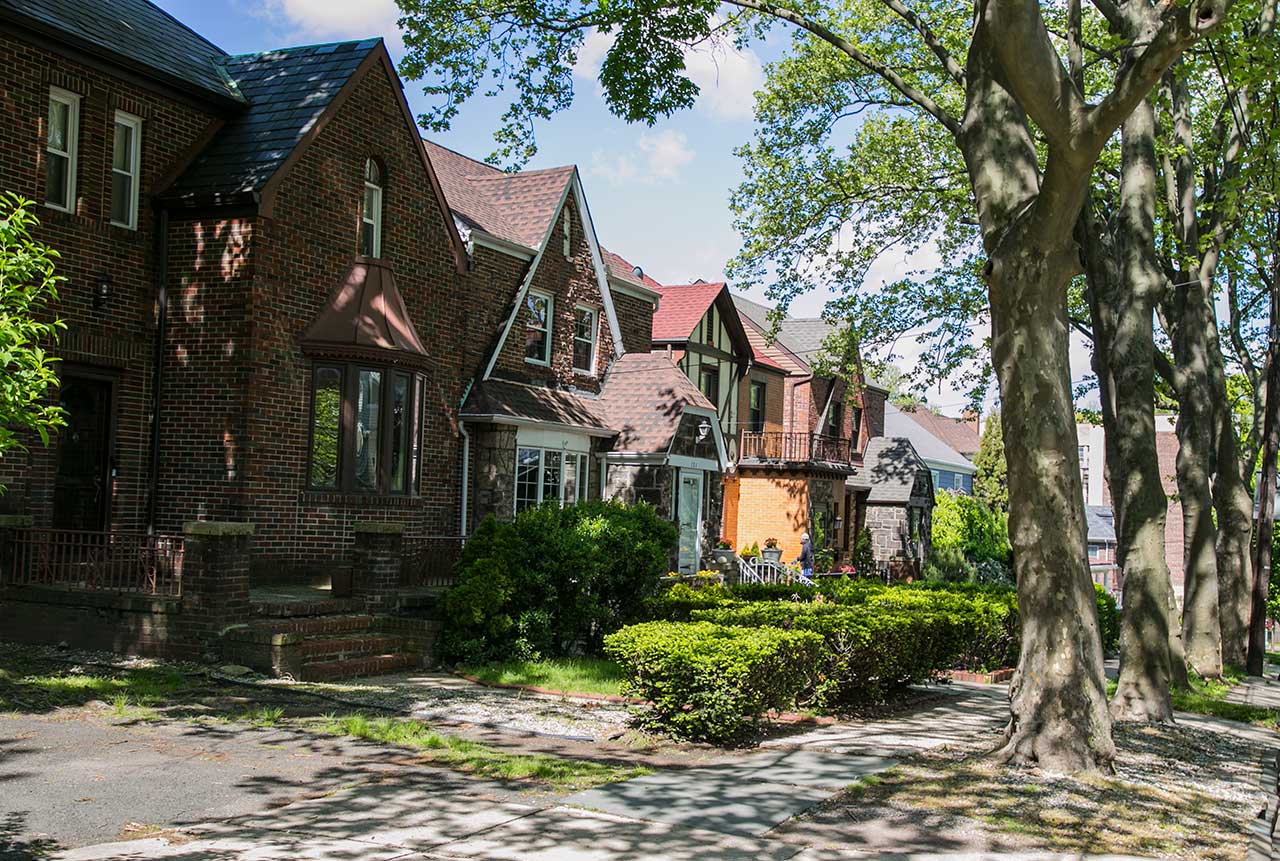
Architecturally, the majority of the buildings are classified as “Late Victorian” and “Late 19th and 20th Century Revivals.” But the West Bergen-East Lincoln Park Historic District is truly recognized for its assortment of architecture based on a late-Victorian-love of aesthetic variety. There are over 15 styles of architecture on display in the district–the Queen Anne style is the most represented–and it’s this diversity that sets it apart from downtown’s historic districts (Paulus Hook, Hamilton Park, Harismus Cove, and Van Vorst Park).
Any work on a property in a historic district requires either a Certificate of No Effect (CoNE) or a Certificate of Appropriateness (CoA) even if the work does not require a construction permit. Applications are reviewed by the Historic Preservation Commission and each certificate covers certain work: a (CoNE) is issued for rehabilitation, restoration, maintenance, and repairs as well as interior work that will have no adverse effect; a (CoA) is issued for new construction, rear yard and rooftop additions, demolitions, and anything that is not consistent with the City’s Guidelines.
Completed applications are heard at the once-a-month meeting of the Historic Preservation Commission, but homeowners, contractors, et al. can contact the Commission’s Staff to discuss the planned work before filing an application.
The Historic Preservation Commission “works to identify, record and protect buildings, sites, places, structures, objects or landscape features of significant historical, architectural, social and archeological value.” And while some residents may find the practical implications burdensome, we can all agree that the attention paid to the area’s significance historically and architecturally is ultimately a great nod to the neighborhood.
